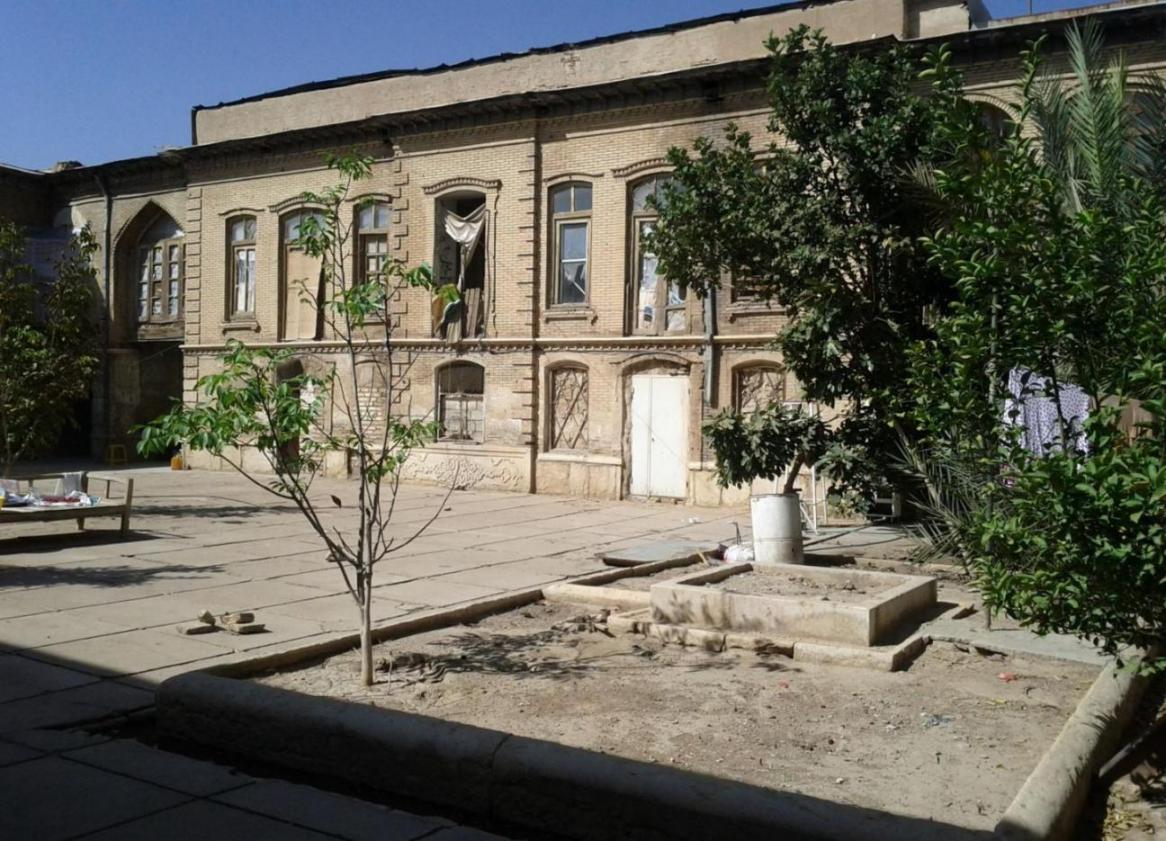F ollowing the destruction of Shiraz’s historical textures due to the development of Shah Cheragh, the Supreme Council of Architecture and Urbanization passed a resolution in February to stop the progress of the project.
Nevertheless, the governorate of Fars Province’s clear discontent with the resolution has caused concern among activists about the project’s possible resumption, ILNA reported.
Background
Built in in Shiraz, Fars Province in the 13th century, Shah Cheragh is a mosque and a shrine to two Muslim religious figures; Ahmed ibn Musa and Muhammad ibn Musa, brothers of Imam Reza (AS) whose shrine is in Mashhad, Khorasan Razavi Province.
Last summer, the development of Shah Cheragh caused significant damage to the historical textures of the city, most of which are nationally-recognized heritage sites, including 6 hisotrical houses such as the Asgharzadeh House and the House of Pour Navvab.
Subsequently, activists voiced dismay and demanded the preservation of Shiraz’s historical structures. In response, a group comprising experts from Iran’s Cultural Heritage, Handicrafts, and Tourism Organization (ICHHTO) was deployed to Shiraz to assess the damage.
Meanwhile, ICHHTO chief Masud Soltanifar wrote to the offices of the Leader of the Islamic Revolution, the interior minister, the governor-general of Fars Province, the attorney general, and the trustee of Shah Cheragh, appealing for the immediate cessation of the project.
In February, just as developers were pinpointing Shah Cheragh’s surrounding structures to be demolished, the Supreme Council of Architecture and Urbanization convened and passed a resolution banning the continuation of the project, a move which was met with fierce opposition from a number of provincial officials, including members of Shiraz City Council.
The opponents of the ban wrote to the Minister of Road and Urban Development Abbas Ahmad Akhundi, urging him to lift the ban and labeling the historical structures “abandoned houses”.
Awaiting Official Statement
Now, three months have passed since the resolution went into effect; yet, there are fears that the project will resume, according to Siavash Ariya, an activist.
“Since no official body has weighed in on the matter, the future of the city’s historical textures is shrouded in doubt.”
Activists believe the project may resume later this year. “The lack of an official ruling on the matter means that further down line - once current officials are replaced - the Supreme Council’s ruling might be reversed,” Ariya said, stressing the need for an official statement on the fate of Shiraz’s historical structures.
Speaking to ILNA, deputy of preservation and restoration of cultural heritage at the provincial ICHHTO Abdolreza Nasiri expressed his desire for the project to continue, adding that the organization’s problem is with the way the project is carried out. “If only they had consulted us before starting the project, the demolition of historical structure could have been avoided while Shah Cheragh’s development could have continued unhindered.”


